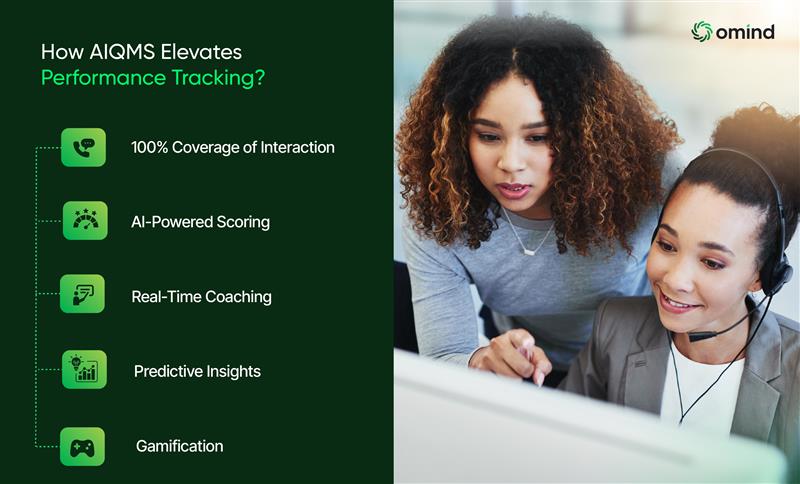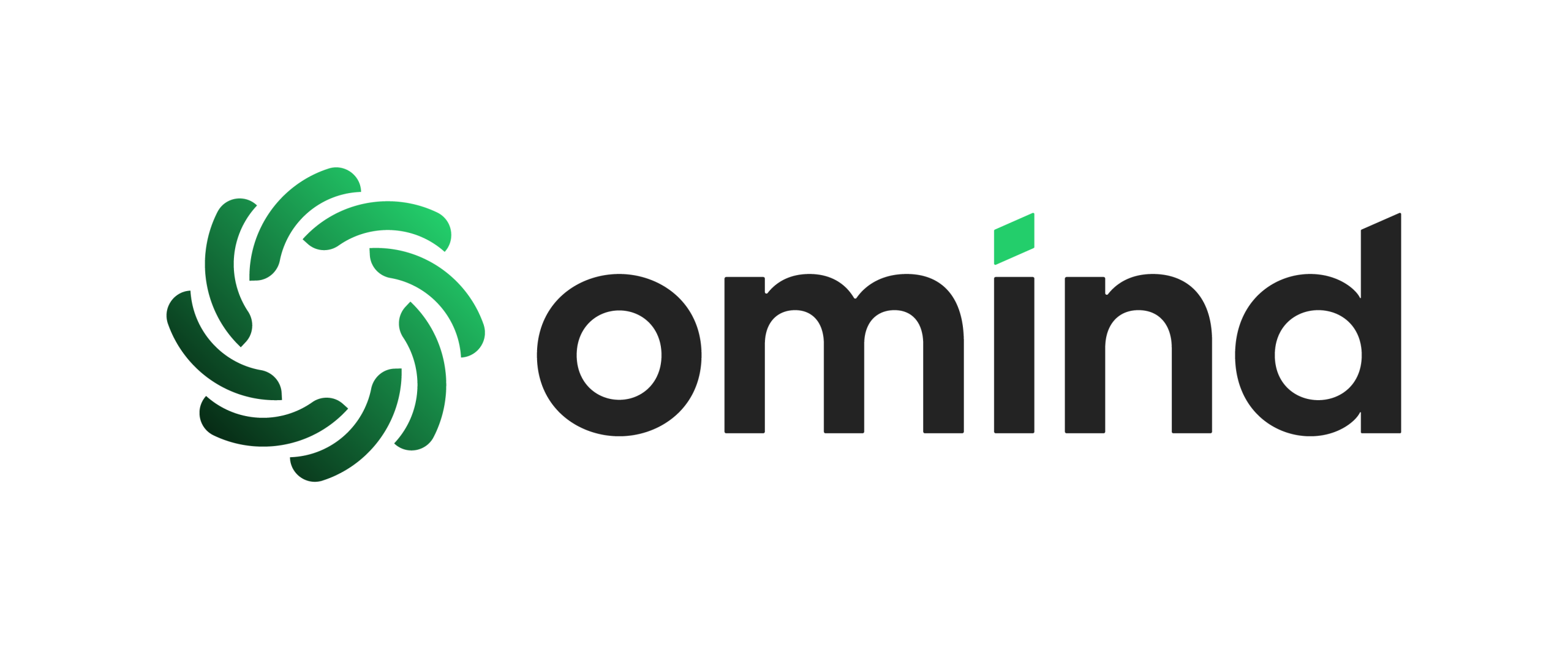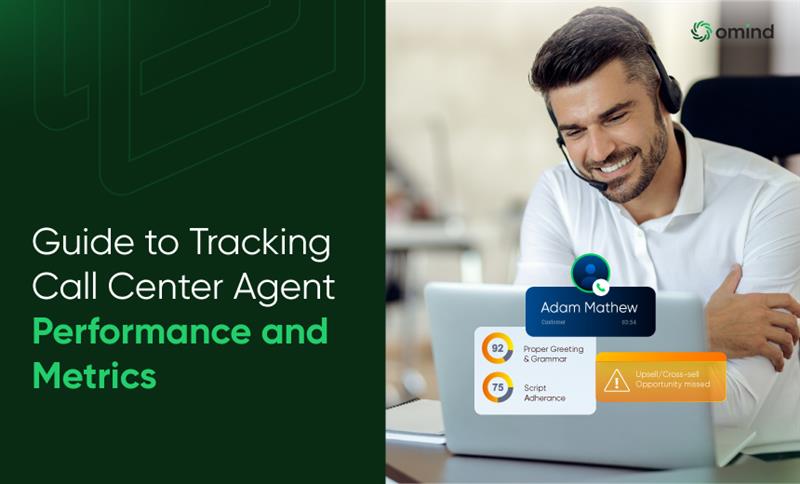In the high-pressure world of contact centers, agents aren’t just picking up phones, they’re juggling customer emotions, complex policies, and brand reputation in every interaction. A single call can determine whether a customer becomes a lifelong advocate or takes their business elsewhere. That’s why call center agent performance metrics are more critical than ever. By 2025, with 75% of customers ranking CX as their top priority (PwC), tracking and improving agent performance metrics isn’t just smart—it’s survival.
But here’s the catch: performance isn’t about clocking how fast agents can say goodbye. It’s about measuring the things that truly matter to customers’ resolution, empathy, trust, and consistency. That’s where call center agent performance metrics come in. Done right, these metrics transform QA from a backward-looking scorecard into a forward-looking growth engine.
Let’s dive into the eight essential metrics every contact center needs, and how AI tools like Omind’s AI QMS monitoring make them more accurate, fair, and impactful.
Key Takeaways
- • FCR boosts CSAT by 15% and cuts costs by 5%.
- • AI QMS automates 100% QA for unbiased scoring.
- • Reduces agent attrition by 20% with gamification.
- • Sentiment metrics reveal hidden CX improvement areas.
- • AI real-time coaching lifts FCR from 68% to 80%.
- • Metrics enable 30% higher efficiency in QA processes.
Why Agent Performance Metrics Matter
Picture this: two agents take the same number of calls in a day. One resolves issues quickly but leaves customers feeling rushed; the other spends more time but earns rave feedback. Which is better? The truth lies in the metrics.

Performance metrics:
- Provide transparency, eliminating bias and gut-feel evaluations.
- Help supervisors coach smarter, not harder.
- Tie agent behaviors directly to business outcomes like retention and revenue.
- Enable recognition programs that celebrate the right achievements.
Centers that embed robust performance tracking see a 15% increase in call center agent performance and a 20% drop in attrition. In short: metrics matter because they turn performance into a science, not a guessing game.
“Agent metrics are not about micromanagement—they’re about empowerment. With the right insights, every agent can perform like your best agent.” — Robin Kundra, VP Customer Success – Transformation, Omind
8 Essential Call Center Agent Performance Metrics
Let’s break down the eight vital signs of agent performance. Think of them as the “blood pressure, heart rate, and oxygen levels” of your contact center.
The Narrative Behind the Numbers
Metrics don’t exist in a vacuum, they tell stories. Here are a few examples:
- FCR isn’t just about speed; it’s about trust. A customer who doesn’t need to call back feels valued and understood.
- AHT is a double-edged sword. Shave it too much, and customers feel like they’re being rushed off the phone. Let it balloon, and costs skyrocket. Analytics help find the sweet spot.
- Sentiment scores give voice to emotion. A banking customer may have their issue resolved, but if they felt stressed or dismissed, the sentiment metric will flag it—even if FCR looked great on paper.
Think of these metrics as characters in a novel: FCR is the hero, CSAT the moral compass, AHT the tricky sidekick, and sentiment the narrator telling you how customers really feel.
How AI Elevates Performance Tracking?

Here’s the problem: traditional QA reviews less than 5% of calls, leaving massive blind spots. Supervisors spend hours sampling interactions, often inconsistently. The result? Subjectivity, delays, and frustrated agents.
Enter Omind’s AI QMS:
- 100% Coverage: Every single interaction is analyzed—not just a random sample.
- AI-Powered Scoring: NLP tracks compliance, empathy, and tone with consistency no human can replicate.
- Real-Time Coaching: Agents get nudges mid-call (“slow down,” “emphasize empathy”) to improve outcomes instantly.
- Predictive Insights: The system forecasts which agents may struggle and recommend training before performance dips.
- Gamification: Leaderboards and badges turn metrics into motivation, lifting engagement by up to 20%.
According to McKinsey, call centers that adopt AI for QA achieve 30% higher efficiency within a year.
“With AI, QA stops being about catching mistakes—it becomes about building confidence.” — Kishore Saraogi, Co-founder & COO, Fusion CX
A Mini Case: How Metrics Drive Change
A large e-commerce contact center was struggling with low FCR and high transfers. By deploying Omind’s AI QMS:
- FCR rose from 68% to 80% in three months.
- Transfers dropped by 25% thanks to predictive routing insights.
- CSAT climbed by 12%, fueled by real-time empathy coaching.
- Agent attrition decreased by 15% after gamification boosted morale.
The lesson? When you track the right metrics—and act on them—you don’t just improve numbers, you transform culture.
Conclusion
Call center agent performance metrics are more than operational KPIs—they’re the story of how your brand treats its customers. From FCR and CSAT to sentiment analysis, these eight metrics provide the foundation for QA excellence. But the real magic happens when you combine them with Omind’s AI QMS, which makes measurement fair, real-time, and actionable.
In 2025, metrics aren’t about micromanaging agents—they’re about empowering them to thrive. And when agents thrive, customers stay.
Ready to boost QA with smarter metrics? Schedule a demo with Omind today.
About the Author
Robin Kundra, Head of Customer Success & Implementation at Omind, has led several AI voicebot implementations across banking, healthcare, and retail. With expertise in Voice AI solutions and a track record of enterprise CX transformations, Robin’s recommendations are anchored in deep insight and proven results.


